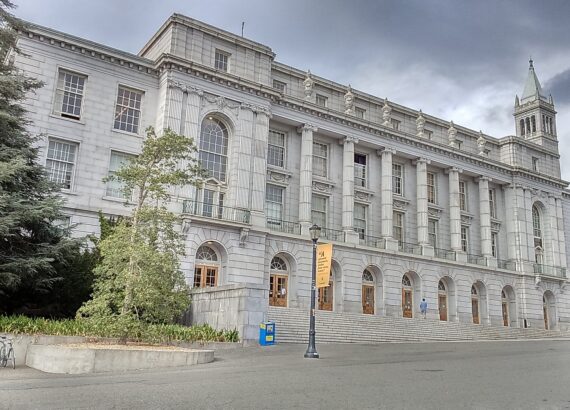How to solve climate change

The first international climate change treaty was signed in 1992. Now, almost 30 years later, climate change shows no sign of abating. Countries’ existing plans and promises to combat climate change are not sufficient to avoid potentially costly changes in climate (for example, see this article and this one). Emissions of greenhouse gases are rising rather than falling.
Whether or not you think the international agreements of the past 30 years made a significant difference in our emissions, the fact is that the world is nowhere near ridding itself of fossil fuels. Even the richest countries, which can more easily afford to switch to renewable energy, are still burning a lot of coal, oil, and natural gas (see chart 3 here), and will almost surely do so for years to come. As poorer countries get wealthier, their citizens will (understandably) use more energy, pushing greenhouse emissions even higher. Yes, we can encourage energy efficiency and greater renewable energy, but that will not be enough. Neither richer nor poorer countries will wean themselves off fossil fuels in the time frame necessary to avoid substantial climate change impacts.
Why haven’t we solved climate change? There are many reasons, including the public good nature of the problem and the fact that humans appear to be bad at addressing slowly developing threats (and, as the COVID-19 pandemic has demonstrated, acute threats as well). The fundamental problem with addressing climate change is that no one wants to give up anything now to have a more comfortable future later. We want climate change to go away but for someone else to pay the cost. The idea of a carbon tax, which could create widespread incentives to reduce emissions, is unpopular. Nuclear power, which is the most easily scalable fossil-free energy source, is shunned. No one wants to pay higher energy prices. We want to solve the problem with magical-sounding solutions like building energy efficiency that saves money on net and creates high-quality jobs.
We could keep trying the same thing over and over expecting different results, but that approach is also a colloquial definition of insanity.
If you think that this is meant to be a cynical rant, I don’t blame you. But that is not my intent. My very serious conclusion from assessing the situation is that the solution we need to pursue does need to be a magical low-cost one that can be scaled to not just bring us to net zero emissions but to net negative ones. The only way I see us successfully mitigating a meaningful share of climate change impacts is innovating ourselves out of it. But I don’t think we can count on electric cars and solar energy getting us out of major impacts anytime soon – even if the costs of solar plummeted tomorrow, the existing fossil fuel plants worldwide will keep pumping out electricity and carbon dioxide. Yes, we will eventually stop using fossil fuels, but given the possibility for irreversible damages, the transition to renewable energy is much too slow.
I think the only solution that will get us out of large climate change damages and potentially catastrophic consequences is carbon capture and sequestration (CCS) and carbon dioxide removal (CDR) more generally. CCS captures carbon emissions from fossil-fueled power plants (currently moderately expensive) and CDR captures carbon from air (most types are currently very expensive). A great primer on CDR is here.
To be clear, I am not saying we should give up on international diplomacy, renewable energy, carbon taxes, nuclear energy, fusion energy, and the like. The claim is that they’re unlikely to help meaningfully on the time scale we need to act on to avoid potentially devastating consequences. And I recognize that CDR may not end up helping on that scale either. But it’s our best chance. And a nice feature of CDR is that it doesn’t have to be done by the same entity that’s emitting the carbon. While this does create some potential for moral hazard, it also means that if CDR becomes cheap enough, it will be worthwhile for some countries to do regardless of what others are doing.
What about geoengineering? Certainly, we should do more research in this area if only to understand what could go wrong (a nice article by Gernot Wagner arguing for more geoengineering research is here). But a large downside of geoengineering is that it does not remove carbon dioxide from the atmosphere, which means that ocean acidification goes unaddressed. Economists tend to ignore ocean acidification because we are really bad at measuring the economic cost of it, but I think it’s a first-order effect of climate change and we should be addressing it.
What am I suggesting in practice? First, we should face the fact that we’re not making a significant enough dent in climate change. Instead of framing the debate as CDR versus green energy or some other solution, we should be emphasizing that other solutions alone will not get us where we need to be quickly enough. The reality is that it’s CDR versus substantial changes in climate. Second, we need to be spending a lot more money on CDR research to make the technology cheaper because see my first point. Third, we should be pushing for more CDR now so we can learn by doing and start making a dent in the atmosphere’s greenhouse gases. We’ve innovated ourselves out of past problems, and it’s time to admit that radical innovation in CDR is the only plausible way we’re getting out of the climate change mess in time.




Comments are closed.